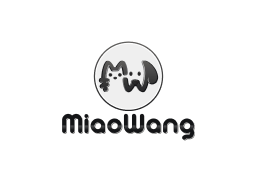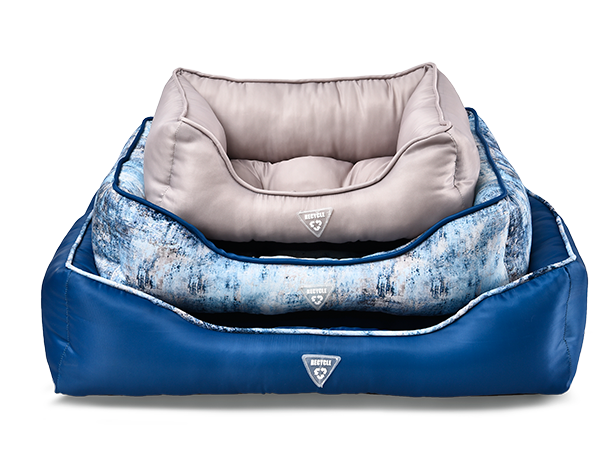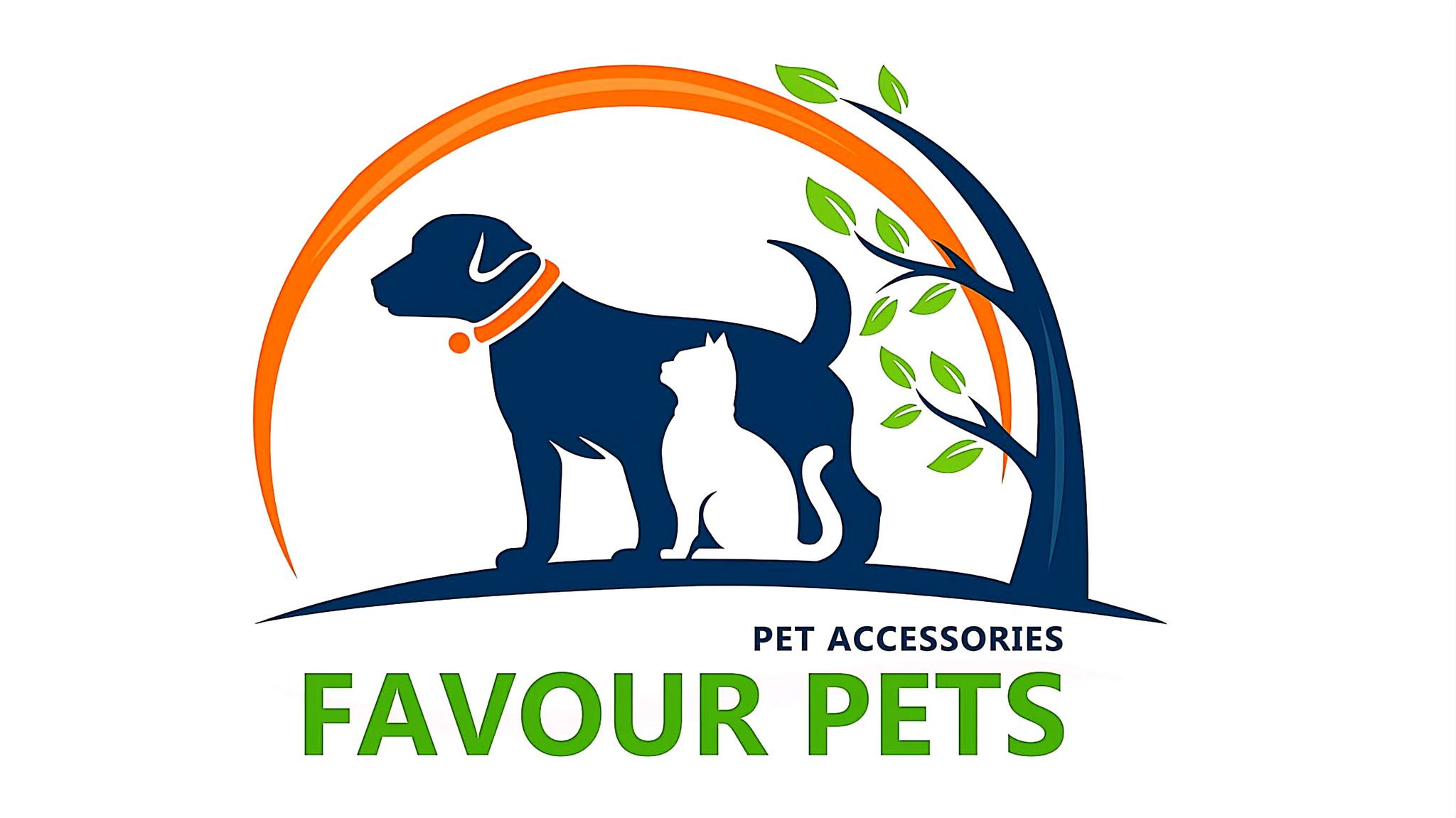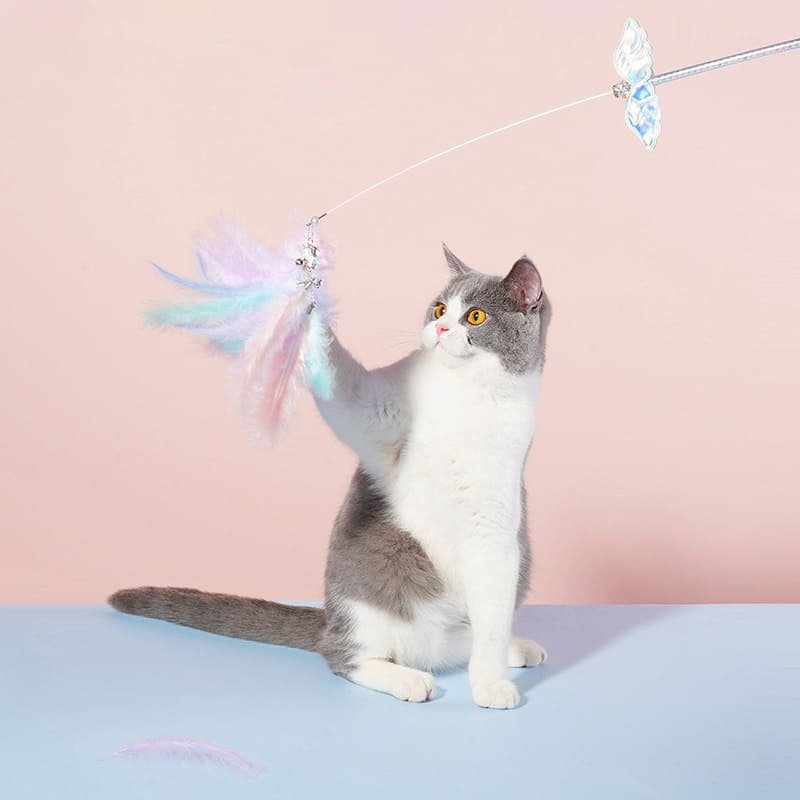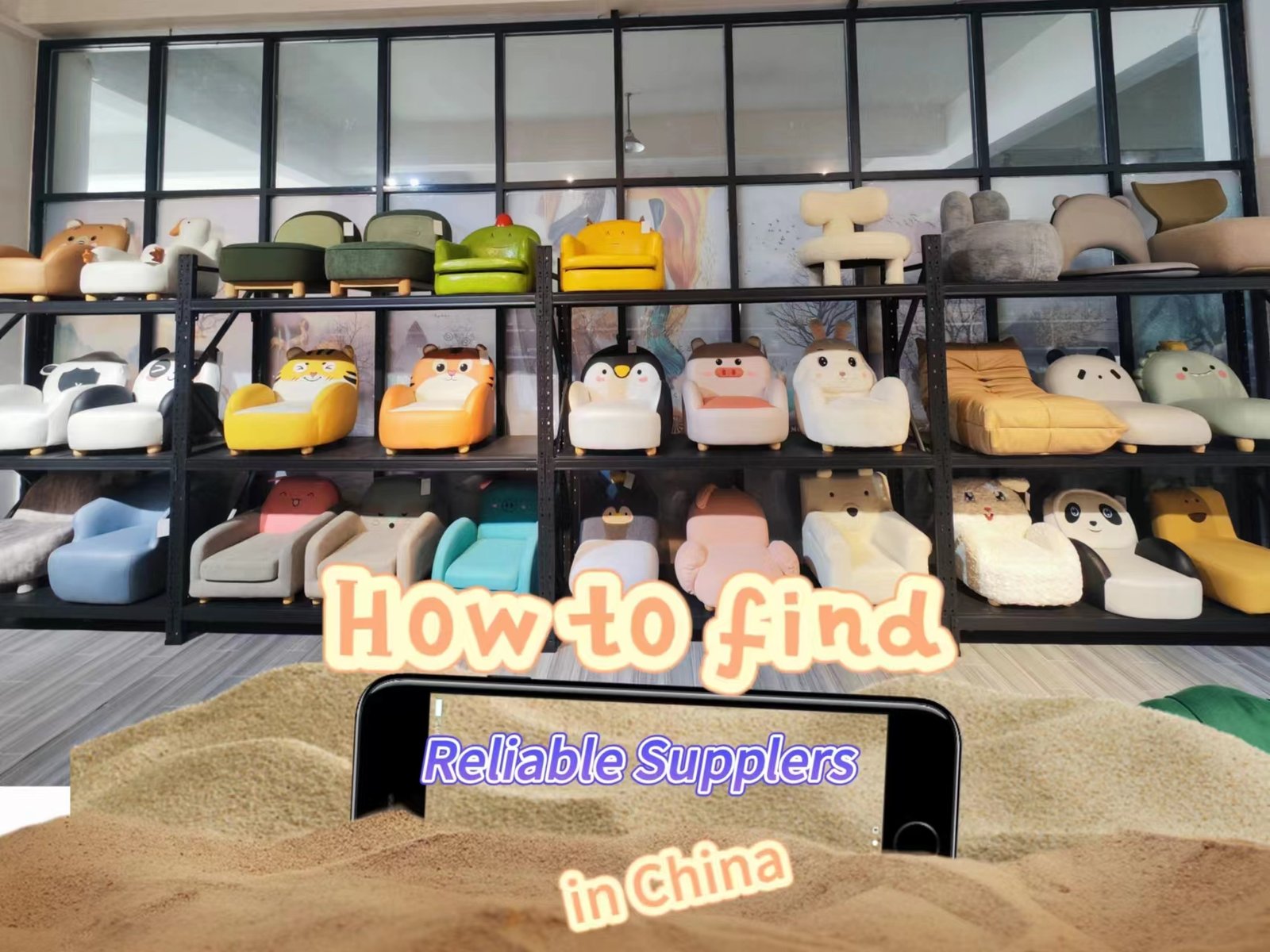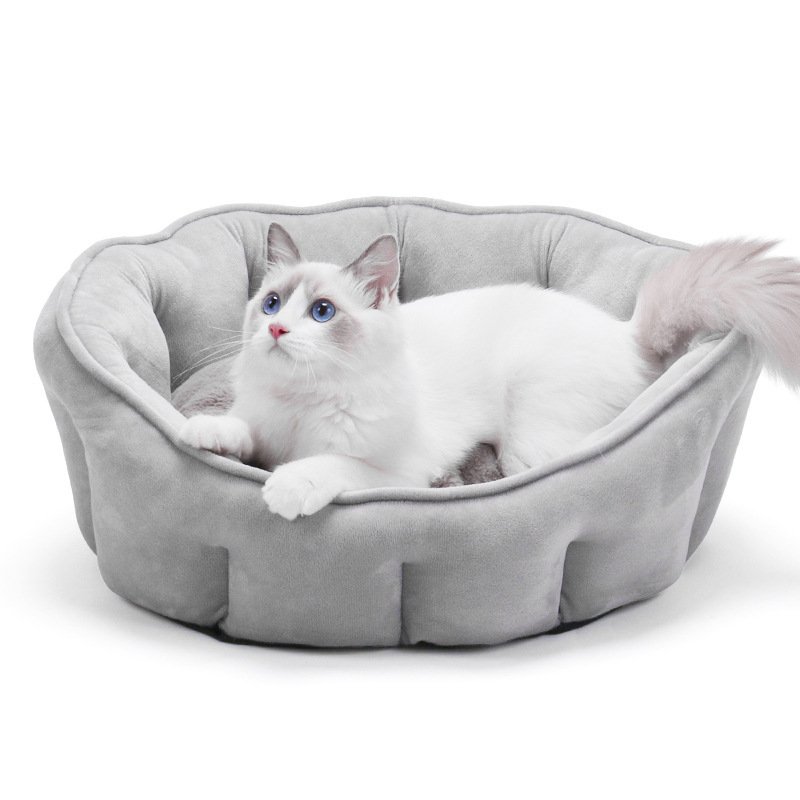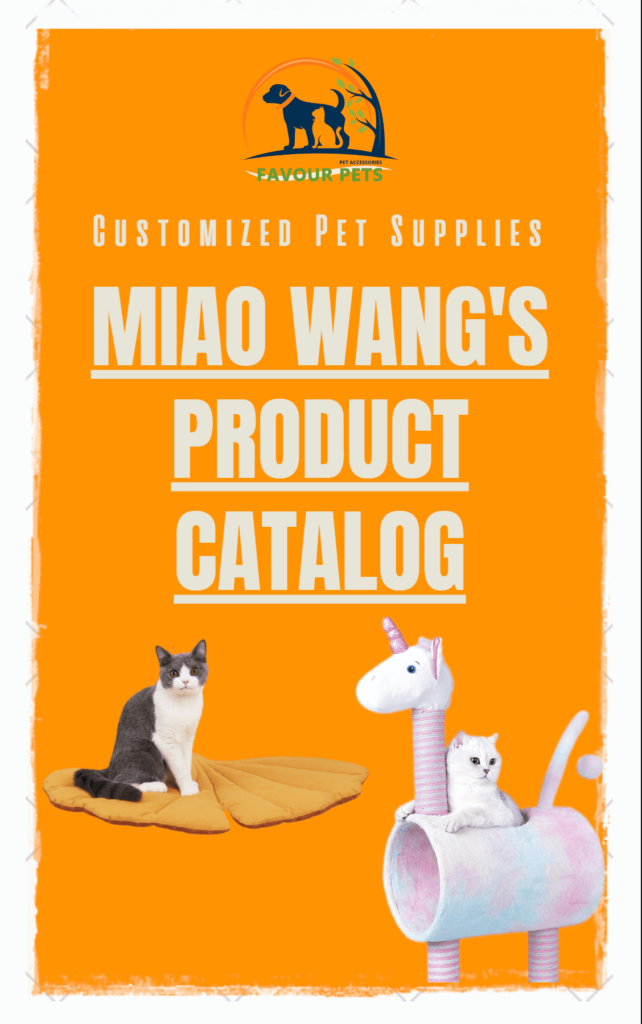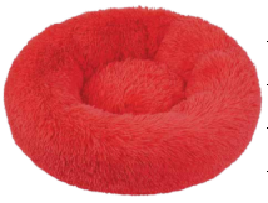As responsible pet owners, we all want to provide the best for our furry friends. However, it’s equally important to make environmentally responsible choices to protect our planet. One way to achieve both goals is by choosing eco-friendly pet products, and eco friendly dog toys, particularly those made with eco-friendly fabrics. In this article, we’ll explore what eco-friendly pet fabrics are, their benefits to dog owner, and how they can help animals and the planet.
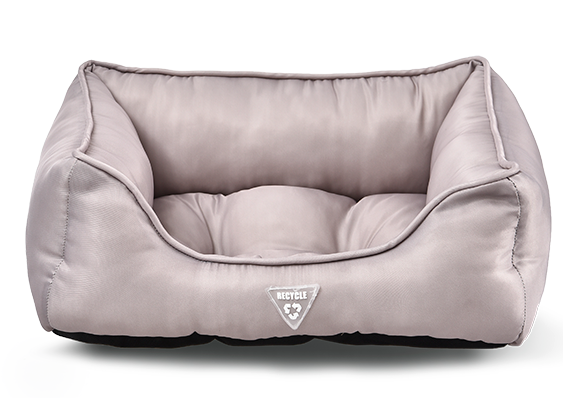
What are Eco-Friendly Pet Fabrics?
Eco-friendly pet fabrics are made from recycled, biodegradable, or sustainably sourced materials. These materials are produced using manufacturing methods that minimize waste and greenhouse gas emissions. They can be used to create synthetic fabrics for a wide range of pet products, including bedding, collars, leashes, plush toys,, and clothes.
One example of eco-friendly pet fabrics is the recycled polyester fabric, which is created by turning post-consumer waste such as plastic bottles into polyester fibers. Compared to virgin polyester, recycled polyester fabric requires less energy and water to produce and helps reduce waste. Organic cotton is another eco-friendly pet fabric that’s grown without the use of synthetic fertilizers or harsh chemicals, making it better for the environment and safer for pets.
Is PET Eco-Friendly?
PET (polyethylene terephthalate) is a type of plastic that’s commonly used in food and beverage packaging. When natural material is recycled, it can be used to create eco-friendly fabrics that are sustainable and environmentally friendly. PET is considered eco-friendly because it’s recyclable and made from recycled materials, such as plastic bottles. Eco PET is a type of PET that’s made from recycled plastic bottles, making it a sustainable and eco-friendly option for producing fabrics.
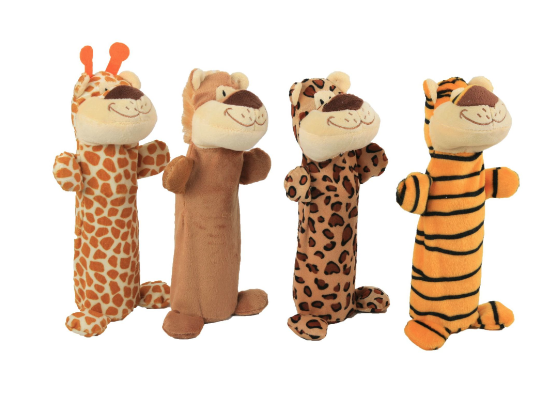
What is the New PET Material?
The new PET material is a type of eco-friendly PET that’s created from post-consumer recycled plastic bottles. This innovative material has a lower, carbon dioxide footprint and helps reduce waste. Many eco-friendly pet products, including eco-friendly dog toys, pet bedding, and cat caves, are made using this material.
What is PET Material Used For?
PET material is used for a wide range of applications, including food and beverage packaging. When recycled, it can also be used to create a variety of eco-friendly pet products. PET fabric is commonly used to create pet toys, bedding, and clothing. Eco-friendly dog toys made from recycled plastic bottles, collars made from a recycled nylon polyester, and bedding made from organic cotton are just a few examples of pet products made from eco-friendly PET and recycled materials.
Is RPET Better than PET?
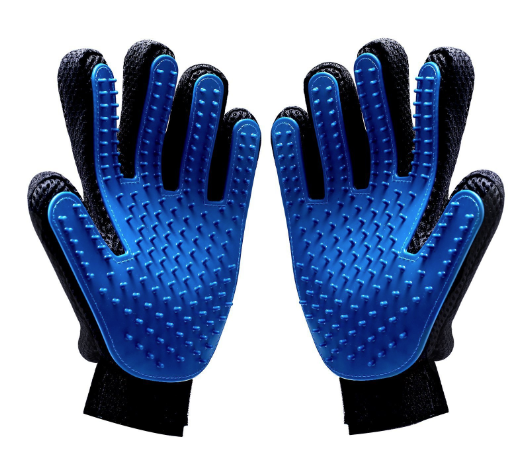
rPET, or recycled PET, is considered better than virgin PET because it’s made from natural materials and recycled plastic bottles and requires less energy and water to produce. This means that rPET has a lower carbon footprint and helps reduce waste. Additionally, rPET can be recycled again and again, making it a sustainable and eco-friendly choice for pet products.
Is PET Toxic to Dogs?
PET is generally considered safe for pets, including dogs, as it’s non-toxic and non-reactive. However, it’s important for pet parents everywhere to note that some pet products made from PET may contain harmful chemicals or synthetic materials, which can pose a risk to your pet’s health. That’s why it’s important to choose pet products made from eco-friendly materials or sustainable products that are free from harmful chemicals and synthetic materials.
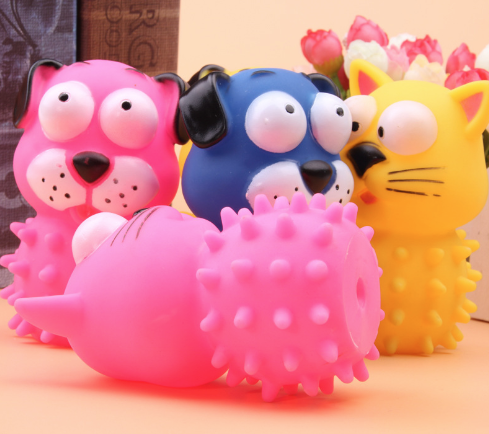
What are Examples of PET Materials?
PET materials are commonly used to make raw materials to create a variety of pet products, including pet toys, collars dog toys, leashes, bedding, and clothing. Eco-friendly pet products made from PET materials include dog toys made from recycled plastic bottles, collars made from recycled polyester, and bedding made from organic cotton fabric.
How is PET Made into Fabric?
PET is made into fabric through a manufacturing process that involves cleaning and using recycled plastics and shredding plastic bottles into small flakes. These flakes are then melted and spun into polyester fibers, which can be woven into fabric. The resulting fabric can then be used to create a variety of eco-friendly pet products.
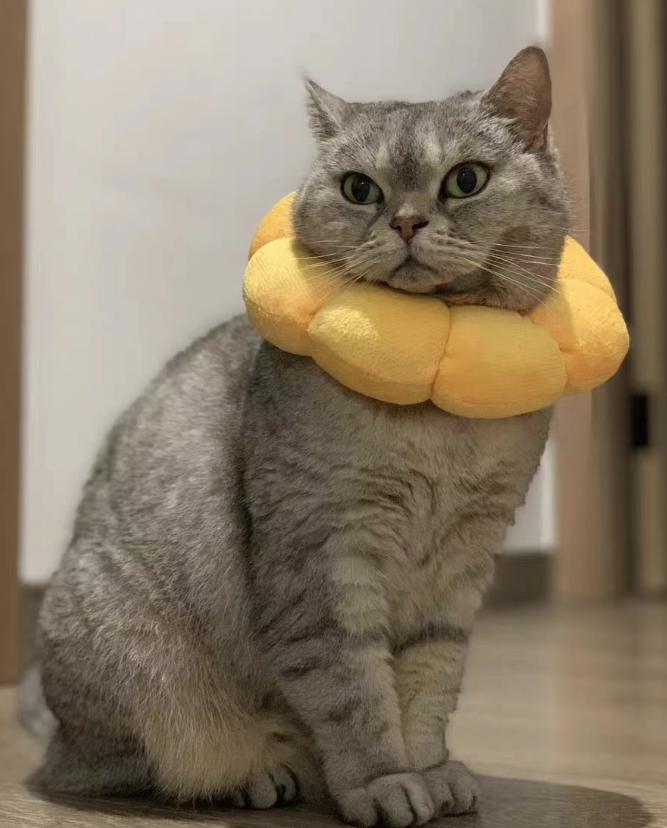
What are the Benefits of Eco-Friendly Fabrics?
Using eco-friendly fabrics for pet products offers many benefits for both pets, dog owners, and the planet. Some of the going green the benefits of using eco friendly fabrics for your pet include:
- Reduced environmental impact: Eco-friendly fabrics are made from recyclable or biodegradable materials, reducing waste and preserving natural resources.
- Improved pet health: Eco-friendly fabrics are free from harmful chemicals and synthetic materials, making them safer and healthier for pets.
- Cost-effective: Many eco-friendly fabrics are durable and long-lasting, reducing the need for frequent replacement and saving pet owners money over time.
- Versatility: Eco-friendly fabrics can be used to create a variety of pet products, including toys, bedding, and clothing, making it easy for pet owners to make sustainable choices across different aspects of their pet’s life.
How Does Buying Eco-Friendly Products Help Animals?
Choosing eco-friendly pet products helps animals in a variety of ways. First and foremost, using eco-friendly materials sustainable pet products reduces the environmental impact of pet ownership, preserving natural resources and reducing pollution. Additionally, many eco-friendly pet brands donate a portion of their profits to animal shelters and other organizations that help animals in need. By choosing eco-friendly pet products, pet owners can support responsible pet ownership while also helping animals in need.
How Can Eco-Friendly Practices Go Green?
In addition to choosing eco-friendly pet products, there are many other ways that pet owners can practice sustainable and environmentally friendly, responsible pet ownership. Some tips include:
- Making your own pet food: Making your own pet food can help reduce food waste and ensure that your pet’s food is made from high-quality, sustainable ingredients.
- Minimizing waste: Minimizing waste can be done by choosing recyclable materials, reducing food packaging, and composting pet waste.
- Supporting sustainable pet brands: Choosing eco-friendly pet brands that use sustainable production methods and raw materials can help reduce the environmental impact of pet ownership.
- Donating to animal shelters: Donating to animal shelters and other organizations that help animals in need can help support responsible pet ownership and reduce pet overpopulation.
- Choosing biodegradable materials: Choosing biodegradable materials, such as biodegradable pet waste bags, can help reduce the environmental impact of pet ownership.
- Reducing carbon footprint: Reducing carbon footprint can be achieved by reducing energy usage and using alternative forms of transportation when possible.
- Buying recycled products: Buying recycled products, including pet products made from recycled materials, helps reduce waste and conserve natural resources.
- Conserving water: Conserving water can be achieved by minimizing water usage during baths and using a water-saving bowl for pets.
Conclusion
In addition to the above practices, there are other ways companies strive to go green in the textile products industry. The fashion industry, for instance, is known to have a large environmental footprint, and pet product companies that use sustainable fabrics can play a role in reducing this impact. One way is by reducing production waste by using sustainable production methods and by reducing the number of materials used in production. Companies can also strive to reduce greenhouse gas emissions by using renewable energy sources, such as solar or wind power, and by improving the efficiency of their manufacturing process.
Reducing the environmental impact of pet ownership requires the collective effort of pet owners, pet brands garment industry, and policymakers. As pet owners, we can practice responsible pet ownership by choosing eco-friendly pet products, reducing waste, and conserving natural resources. Pet brands can play a role by using sustainable fabrics and production methods, and policymakers can support these efforts by creating policies that promote more sustainability efforts in the textile industry.
In addition to the environmental benefits, practicing sustainable pet ownership can also have positive impacts on our pets’ health and wellbeing. By using eco-friendly pet products, we can reduce the exposure of our pets to harmful chemicals and synthetic materials, which can cause health problems in our pet parents the long run. Additionally, by reducing waste and conserving natural resources, we can help ensure that our pets have access to clean air, water, and food.
In conclusion, using eco-friendly fabrics for pet products is an easy and effective way to go green as a pet owner. By choosing sustainable fabric materials, we can reduce waste, preserve natural resources, and further environmental awareness to promote responsible pet ownership. While it may seem like a small step, these choices can have a significant impact on the environment, our pets, and our future. As responsible pet owners, it’s our responsibility to take action and make eco-friendly choices for the benefit of our furry friends and the planet.
